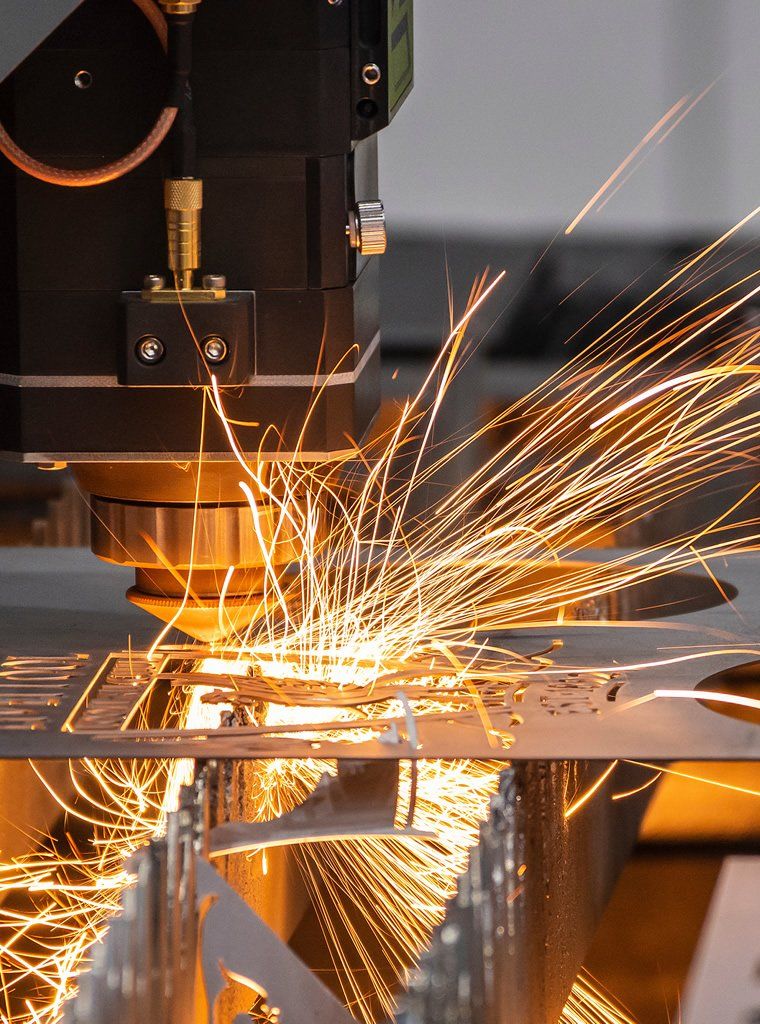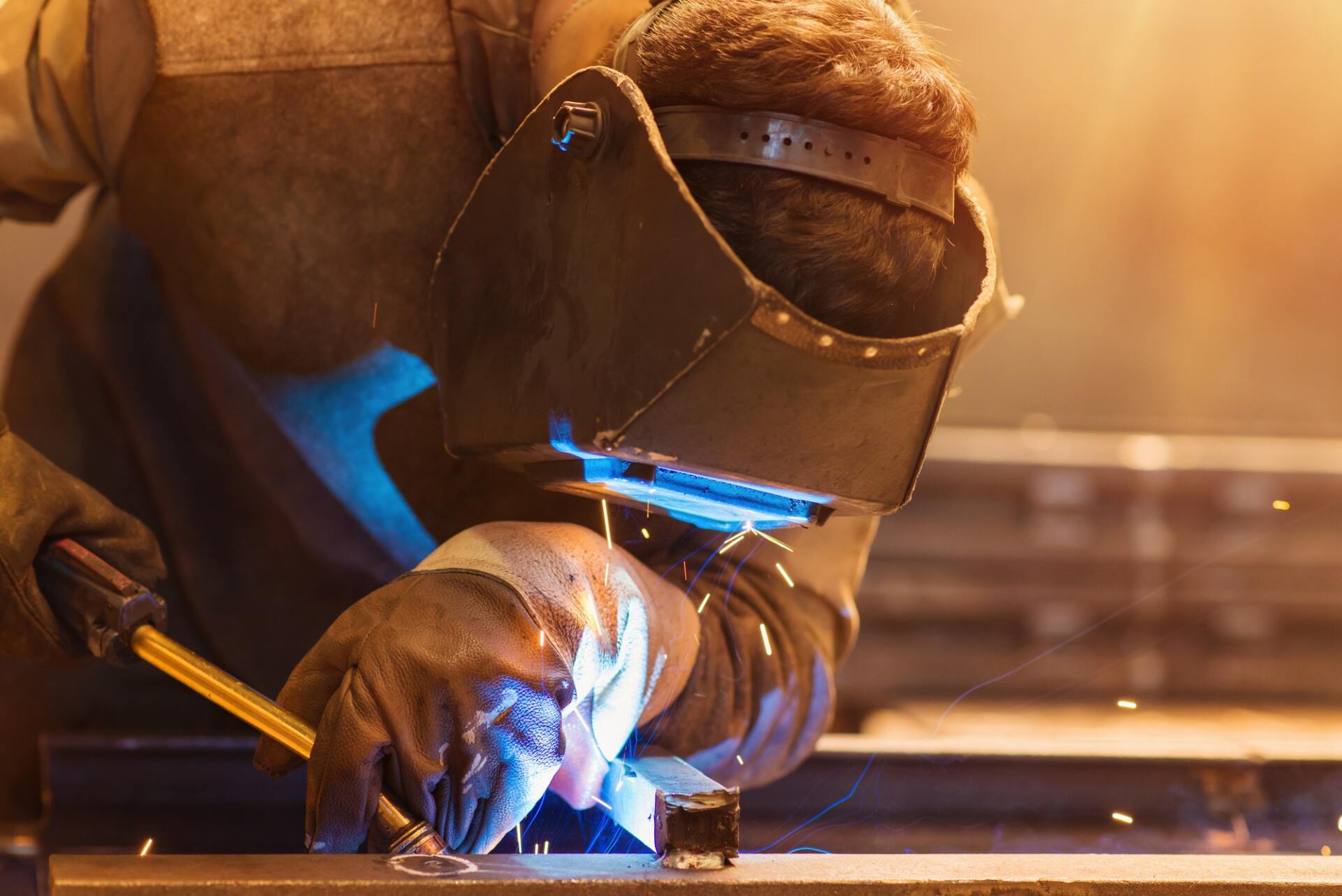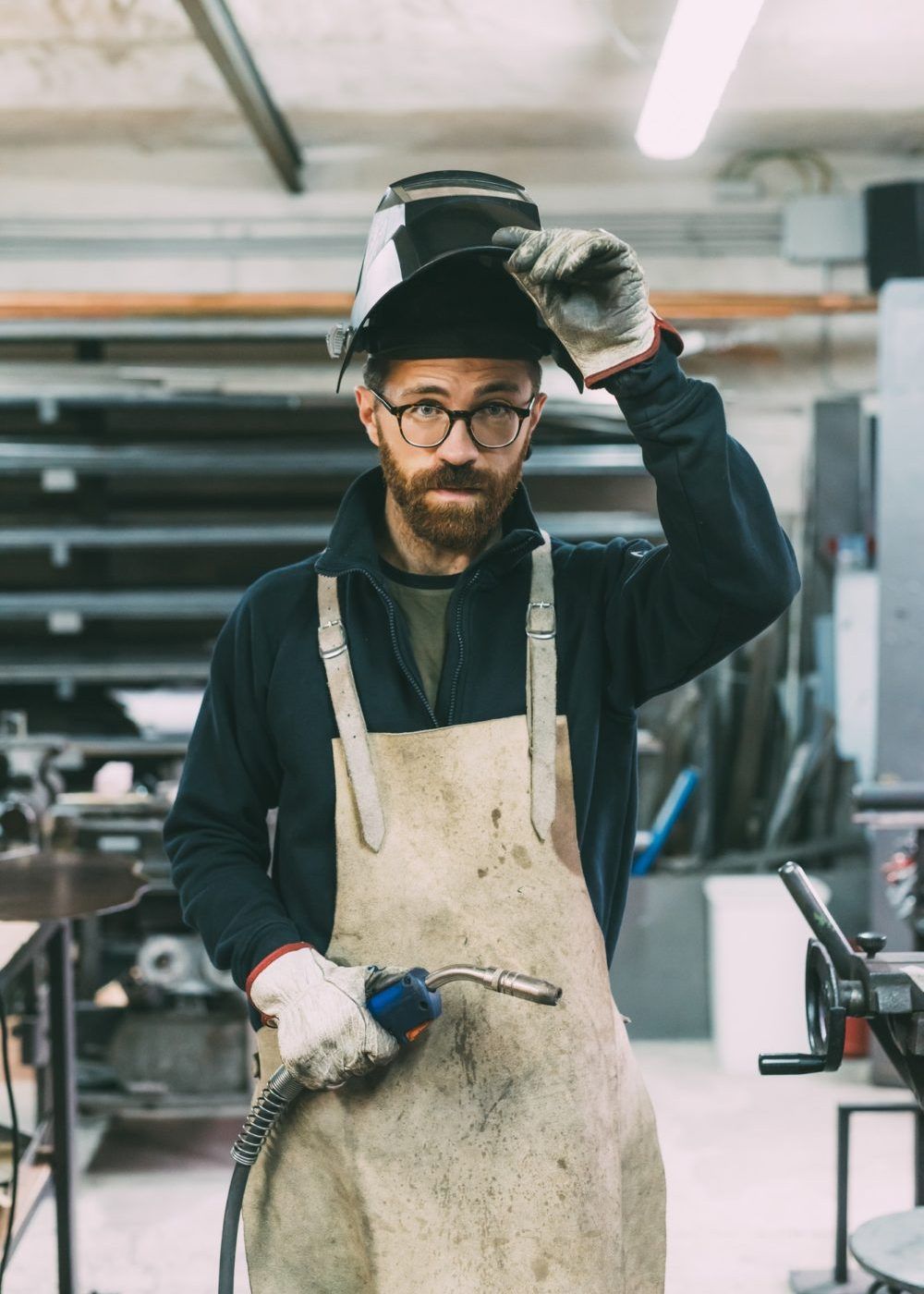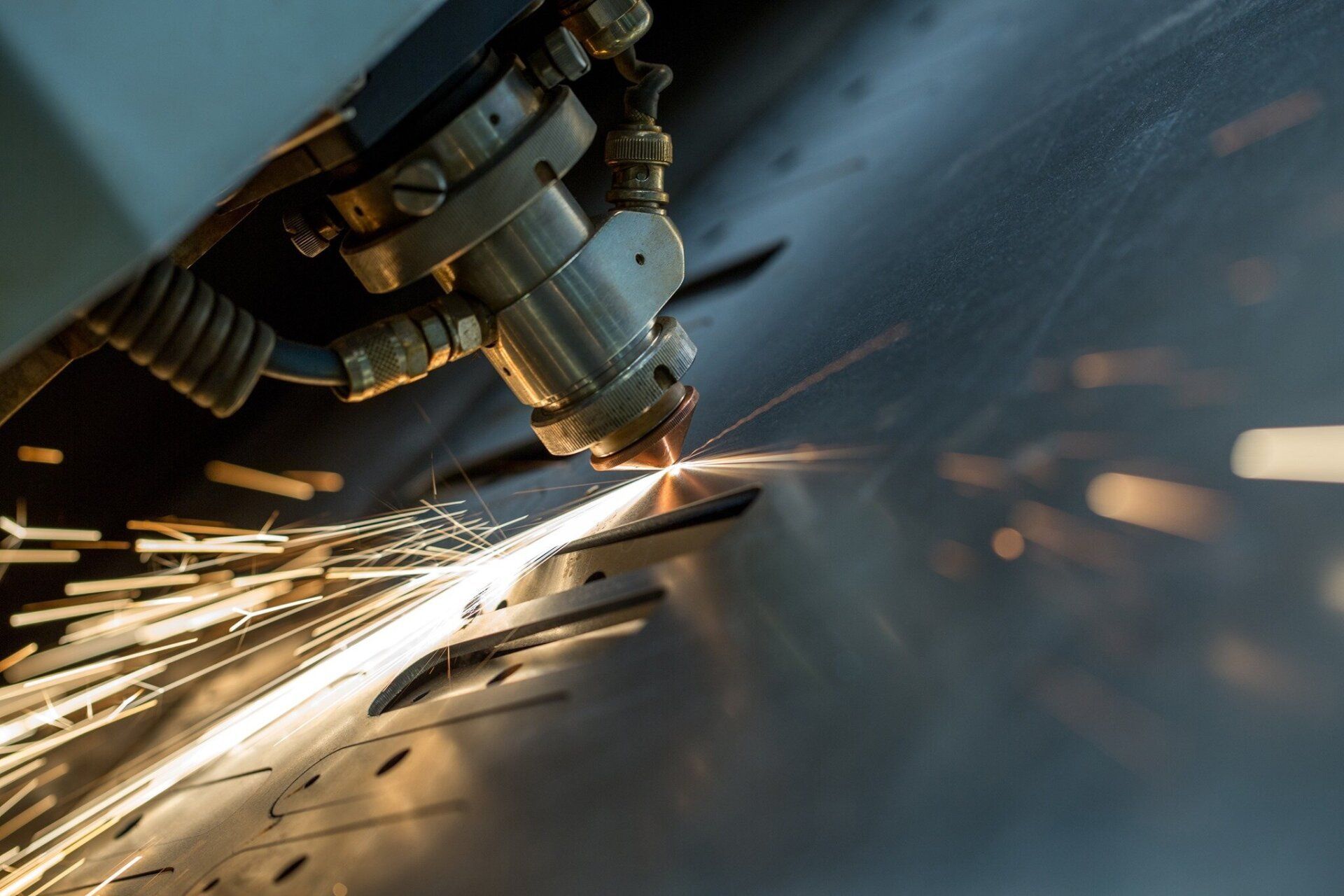
About Quality Technologies.
We Are Welding & Metal Expert Company
Lorem ipsum dolor sit amet, consectetur adipiscing elit, sed do eius mod tempor incididunt ut labore et dolore magna aliqua. Ut enim ad minim veniam, quis nostrud exercitation ullamco laboris nisi ut aliquip ex ea commodo consequat Duis aute irure dolorin.
Strick Deadline
Lorem ipsum dolor sit amet consect elit.
Reliable Accuracy
Lorem ipsum dolor sit amet consect elit.

---- Titanium Welding
---- Mobile Welding
---- Stainless Steel Welding
---- Magnesium Welding
---- Pipe Welding
About Quality Technologies.
We Are Perfect For Welding & Metal Problems
Lorem ipsum dolor sit amet, consectetur adipiscing elit, sed do eiusmod tempor incididunt ut labore et dolore magna aliqua.
This Is Our Expertise
Lorem ipsum dolor sit amet, consectetur adipiscing elit, sed do eiusmod tempor incididunt ut labore et dolore magna aliqua. Ut enim ad minim veniam, quis nostrud exercitation ullamco laboris nisi.
We Are Always Ready To Serve
Lorem ipsum dolor sit amet, consectetur adipiscing elit, sed do eiusmod tempor incididunt ut labore et dolore magna aliqua. Ut enim ad minim veniam, quis nostrud exercitation minim veniam.
---- We Have Professional Workers
---- On Time In Progress
---- Friendly To Serve Customers
---- Give The Best & Fair
Jl. Raya Puputan No 142, Denpasar
Mon - Fri : 9:00 am - 5:00 pm
(+62) 81 487 1843
100% Guarantee
Lorem ipsum dolor sit amet, consectetur adipiscing elit, sed do eiusmod tempor in
Free Consultations
Lorem ipsum dolor sit amet, consectetur adipiscing elit, sed do eiusmod tempor in
24/7 Support
Lorem ipsum dolor sit amet, consectetur adipiscing elit, sed do eiusmod tempor in
Our Services.
We Provide Best Services
Lorem ipsum dolor sit amet, consectetur adipiscing elit, sed do eiusmod tempor incididunt ut labore et dolore.
Strong Welding
Lorem ipsum dolor sit amet, consectetur adipiscing elit, sed do eiusmod tempor incididunt ut labore et dolore.
Read More
Metal Quality
Lorem ipsum dolor sit amet, consectetur adipiscing elit, sed do eiusmod tempor incididunt ut labore et dolore.
Read More
On Time Target
Lorem ipsum dolor sit amet, consectetur adipiscing elit, sed do eiusmod tempor incididunt ut labore et dolore.
Read More
Affordable Prices
Lorem ipsum dolor sit amet, consectetur adipiscing elit, sed do eiusmod tempor incididunt ut labore et dolore.
Read More
We're Ready Anytime.
We Are Available For 24/7 Emergency Services
Lorem ipsum dolor sit amet, consectetur adipiscing elit, sed do eiusmod tempor incididunt ut labore et dolore magna aliqua.

How We Works.
Procedure For Getting Our Best Service
Lorem ipsum dolor sit amet, consectetur adipiscing elit, sed do eiusmod tempor incididunt ut labore et dolore magna aliqua.
Select Your Services
Lorem ipsum dolor sit amet, consectetur adipiscing elit, sed do eiusmod tempor incididunt.
Make an Appointment
Lorem ipsum dolor sit amet, consectetur adipiscing elit, sed do eiusmod tempor incididunt.
Make Payment
Lorem ipsum dolor sit amet, consectetur adipiscing elit, sed do eiusmod tempor incididunt.
Get Amazing Services
Lorem ipsum dolor sit amet, consectetur adipiscing elit, sed do eiusmod tempor incididun.

“I have tried other products that worked fine, but this one is certainly the best of them all. It brings efficiency to a new level of simplicity.”
Jane Smith
New York

Dana Rosen
Houston

Madelaine Taylor
Paris
Latest News.
News & Article




